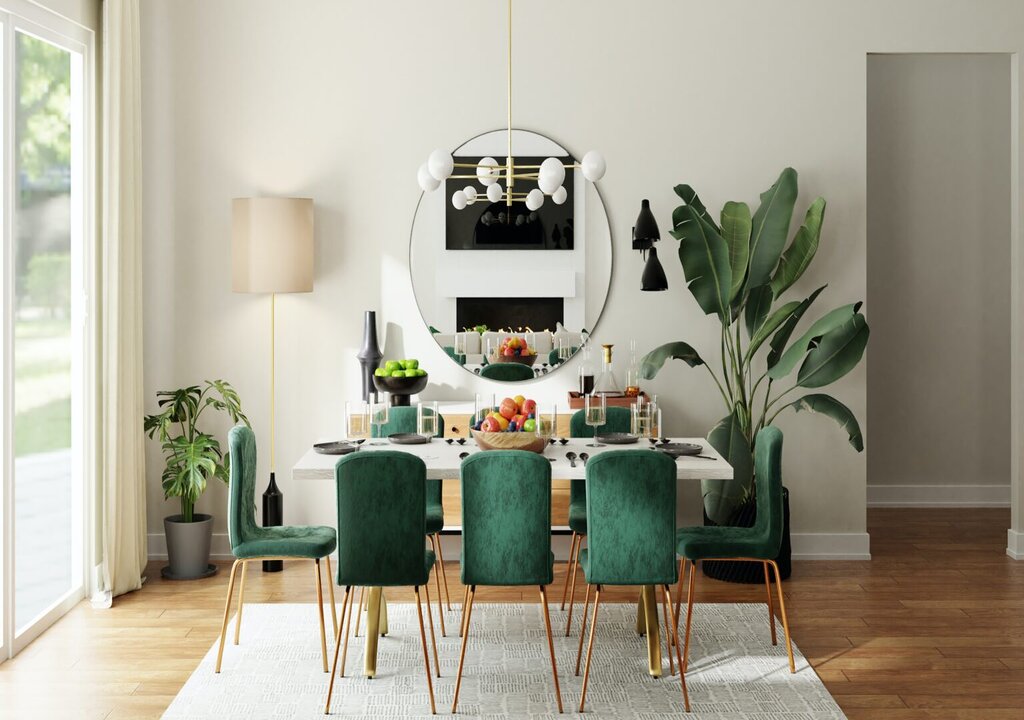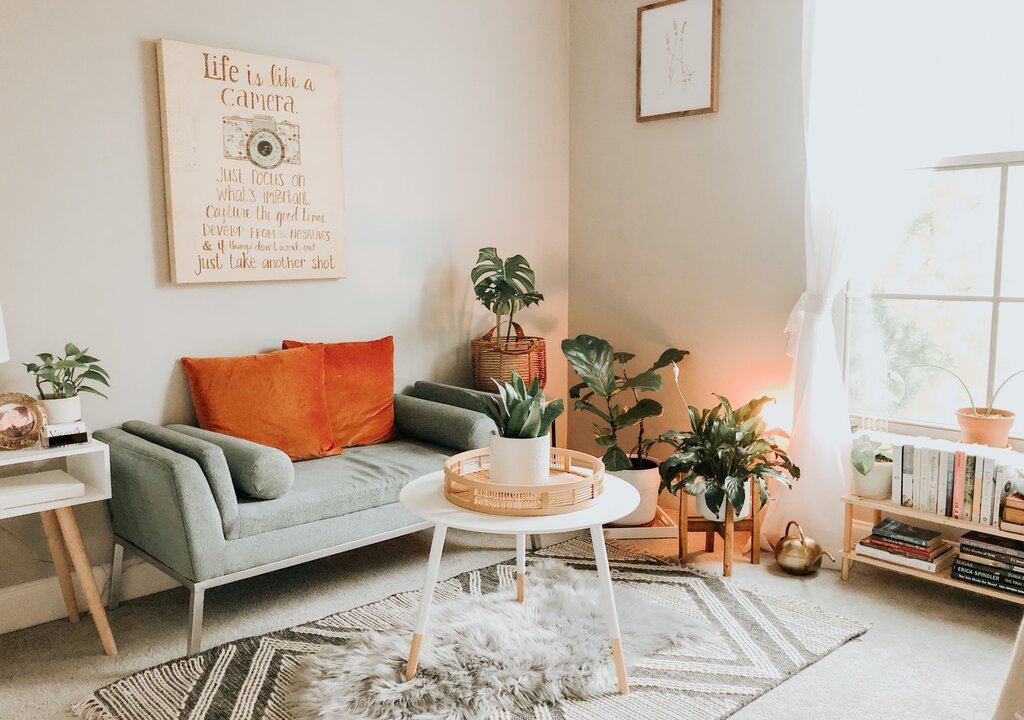Introduction
Modern furniture design is indeed a dynamic and ever-evolving realm, a testament to human creativity and innovation. It’s a field that continuously pushes the boundaries, blending aesthetics with functionality to create pieces that are not just visually appealing but also serve a practical purpose. Understanding the latest trends in modern furniture design requires a deep dive into its roots. It’s about exploring the transformation of design principles over time, witnessing how they’ve evolved to adapt to changing lifestyles and preferences. From the minimalist designs of the mid-century modern era to the eclectic styles of contemporary design, modern furniture design has come a long way. It’s a journey marked by the advent of new materials, innovative manufacturing techniques, and a shift towards sustainability and inclusivity.
In this guide, we’ll take you on a journey through the evolution of modern furniture design. We’ll explore its origins, delve into its transformation over the years, and discuss the latest trends shaping its future. So, whether you’re a design enthusiast or a professional in the field, this guide promises to offer valuable insights into the fascinating world of modern furniture design. Stay tuned as we unravel the story of modern furniture design, one trend at a time.
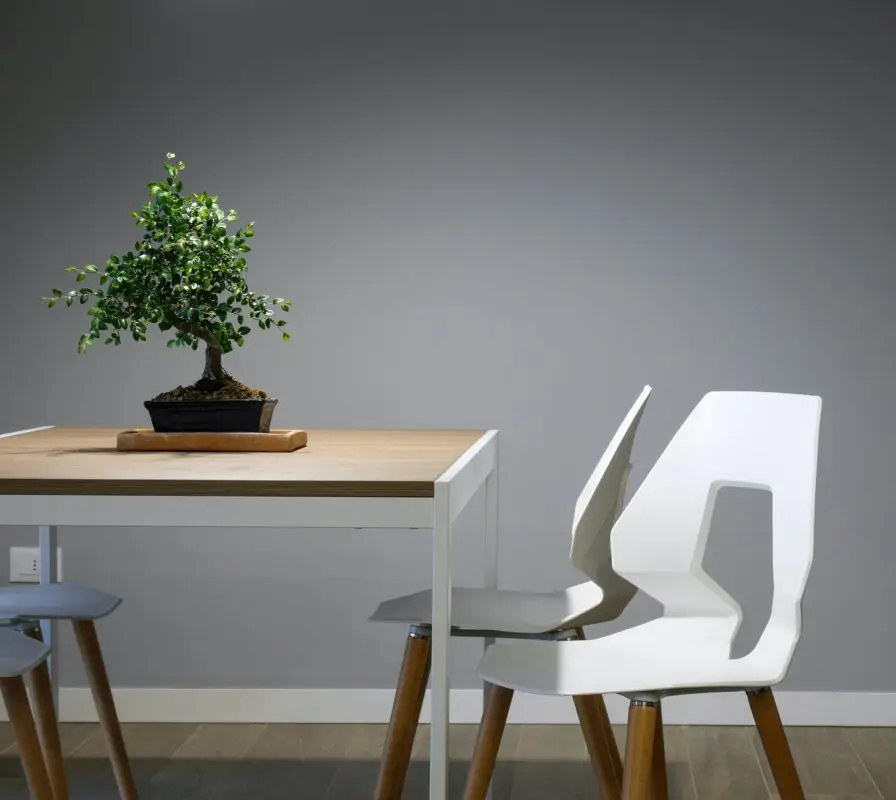
Minimalism Takes Center Stage
In the ever-evolving landscape of modern furniture design, minimalism has indeed emerged as a dominant trend. This design philosophy, characterized by simplicity and functionality, has struck a chord with contemporary audiences. Minimalist furniture design is all about stripping down to the essentials. It’s about embracing simplicity, clean lines, and uncluttered spaces. Designers who subscribe to this philosophy focus on the form and function of the furniture, ensuring that every piece serves a purpose, and nothing is superfluous. One of the key aspects of minimalist design is the emphasis on negative space. Unlike traditional designs where every inch of space was filled, minimalist design appreciates the beauty of emptiness. It allows the furniture and the surrounding space to breathe, creating an open and airy feel. This shift towards minimalism represents a departure from the ornate and elaborate designs of the past. It’s a reflection of the changing lifestyles and preferences of people who value simplicity, functionality, and elegance. So, whether you’re a fan of minimalism or just exploring different design philosophies, there’s no denying the impact and appeal of minimalist furniture design. It’s a testament to the adage that sometimes, less is indeed more.
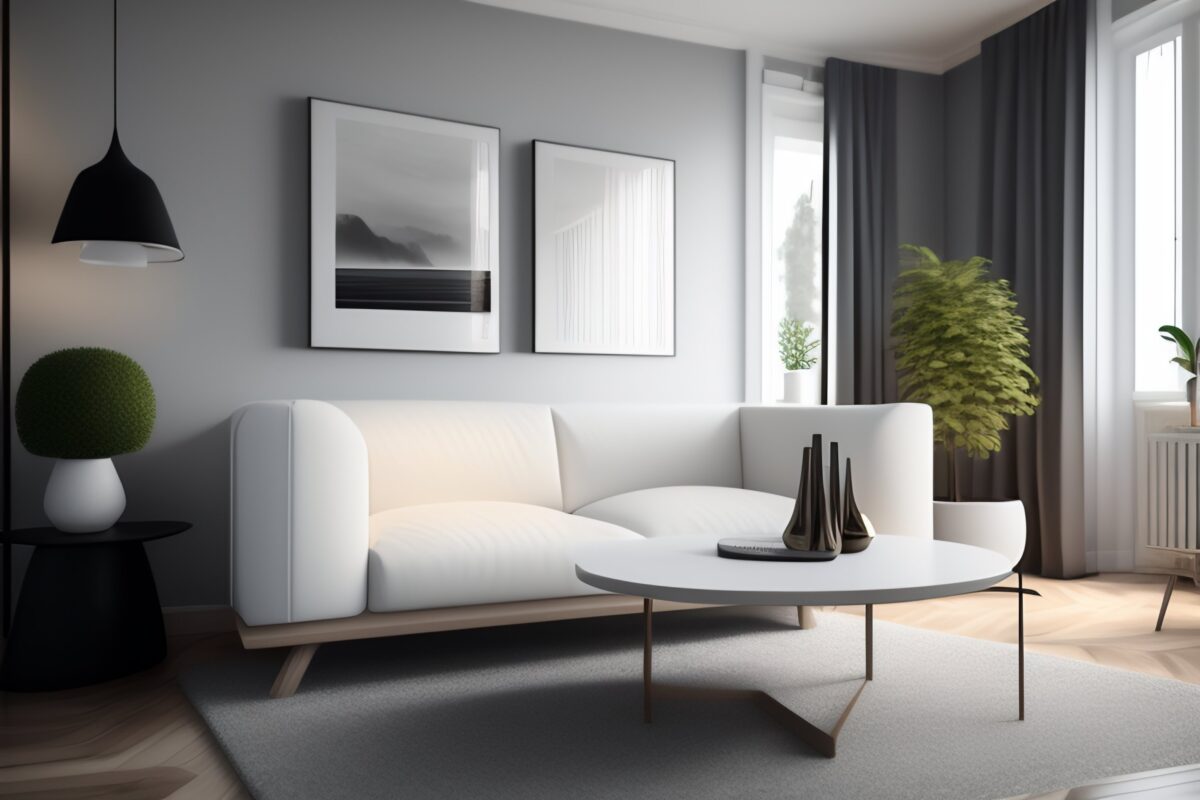
Sustainable Materials and Eco-friendly Designs
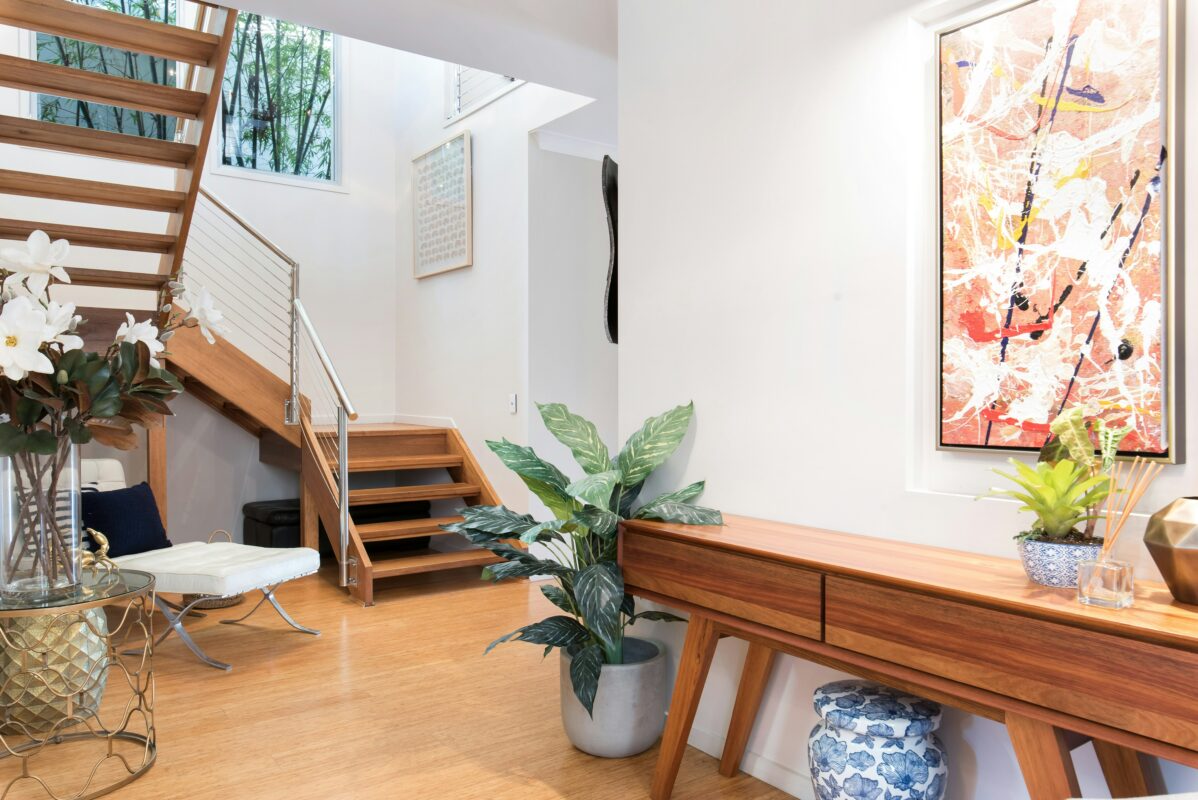
In the face of growing environmental concerns, the furniture design industry has seen a significant shift towards sustainability. Today, more than ever, there’s a strong emphasis on creating furniture that’s not just stylish and functional, but also eco-friendly. Designers are increasingly turning to sustainable materials, such as recycled or renewable resources, in their creations. From reclaimed wood to recycled metal and plastic, these materials are being transformed into stunning pieces of furniture that are as kind to the environment as they are to the eye. In addition to using sustainable materials, designers are also adopting eco-friendly manufacturing processes. This includes minimizing waste, reducing energy consumption, and ensuring that the products are durable and long-lasting. But the push for sustainability doesn’t stop at the materials and manufacturing processes. Designers are also exploring innovative ways to repurpose old, discarded items, turning them into unique, one-of-a-kind pieces. This not only reduces waste but also adds a unique charm and character to the furniture. This trend towards sustainable and eco-friendly designs represents a win-win situation. It not only helps protect our planet but also results in unique and interesting pieces that add a touch of individuality to modern homes. So, as we look towards the future of furniture design, it’s clear that sustainability is more than just a trend; it’s a fundamental aspect of modern design.
Technology Integration in Furniture
As our homes become smarter, so does our furniture. One of the most exciting trends in modern furniture design is the integration of technology. This involves creating “smart” furniture that can connect to the internet, also known as the Internet of Things (IoT).
Imagine a sofa equipped with built-in charging ports for your gadgets, or a coffee table that doubles as an interactive display. These innovative pieces of furniture are designed to make our lives easier and more convenient, all while adding a touch of modern sophistication to our homes. But it’s not just about convenience. The integration of technology in furniture also opens up a world of possibilities for customization and personalization. With smart furniture, you can control the lighting, temperature, and even the configuration of your furniture with just a few taps on your smartphone. This trend towards technology integration in furniture is more than just a novelty. It’s a glimpse into the future of home design, where our homes are not just connected but also intelligent and responsive. So, as we look towards the future of furniture design, it’s clear that technology will play an increasingly important role, transforming the way we live and interact with our homes.
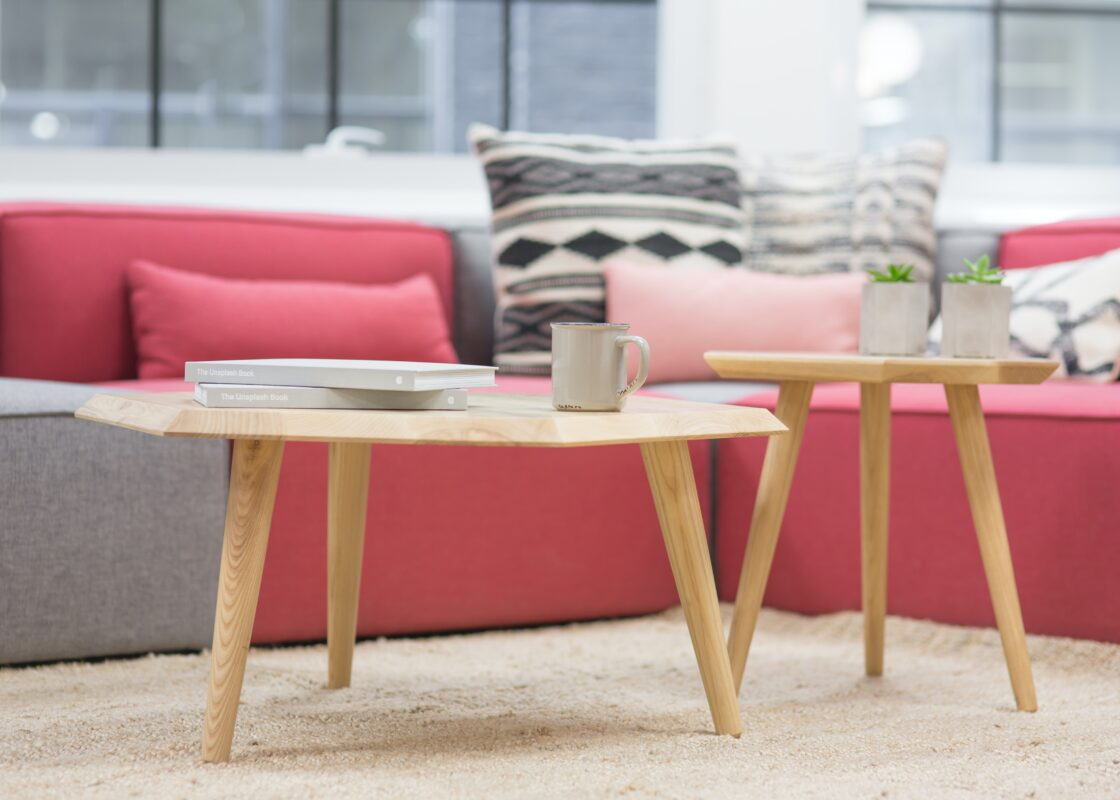
Customization And Personalization
In the realm of modern furniture design, customization and personalization have emerged as significant trends. Today, it’s all about creating pieces that are not just stylish and functional, but also a reflection of your unique style and personality. This is where the concept of “bespoke” furniture comes into play. Bespoke furniture is all about personalization. It’s about creating furniture that’s tailored to your specific needs and preferences. From the size and shape to the materials and finishes, every aspect of the furniture can be customized to suit your taste. The advent of the internet has made this process even easier. There are numerous online platforms that allow you to customize your furniture right from the comfort of your home. You can experiment with different designs, play around with various materials and finishes, and even visualize how the final piece will look in your space before making a purchase. This shift towards customization and personalization represents a departure from the traditional model of mass production. It’s a reflection of the growing desire for uniqueness and individuality in our homes. So, whether you’re looking for a sofa that fits perfectly in your living room, or a coffee table that matches your decor, bespoke furniture offers endless possibilities to create a space that’s uniquely yours. After all, your home should be a reflection of you, and what better way to express your individuality than through your furniture?
Conclusion
The latest trends in modern furniture design indeed reflect a dynamic interplay of aesthetics, functionality, and sustainability. From the understated elegance of minimalism to the innovative integration of technology, each trend contributes to the evolution of a field that continually redefines our interaction with our living environments. In this ever-changing landscape of design, one thing remains certain – modern furniture is not just about providing a place to sit or rest. It’s about creating an experience, a sensory journey that resonates with the spirit of the times. It’s about transforming our living spaces into extensions of our personalities, reflections of our tastes, and testaments to our values. As we navigate through the fascinating world of modern furniture design, we are not just observers but active participants. We are given the freedom to customize, the power to personalize, and the opportunity to create spaces that are uniquely ours. And in doing so, we are not just furnishing our homes; we are defining our experiences, shaping our memories, and, ultimately, telling our stories.
So, whether you’re a design enthusiast or a professional in the field, remember that the essence of modern furniture design lies not in the pieces themselves, but in the experiences, they create, the stories they tell, and the memories they help forge. After all, the true beauty of modern furniture design lies in its ability to touch lives, one piece at a time.


